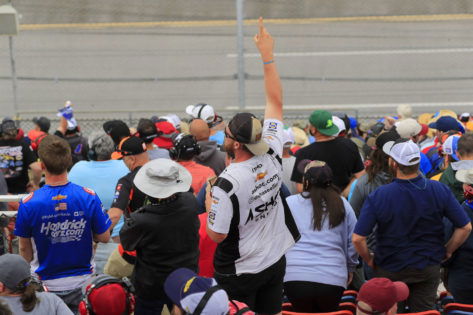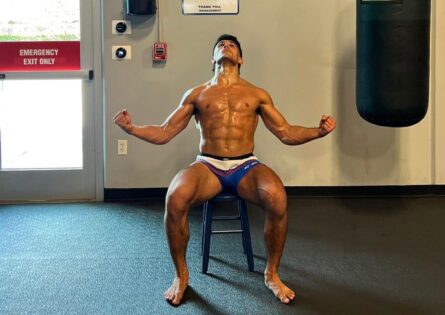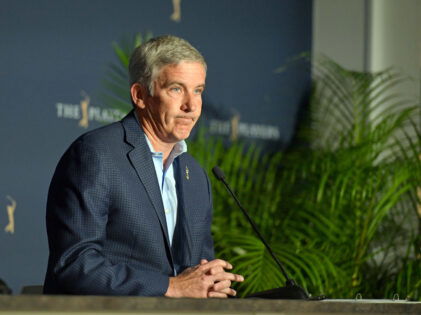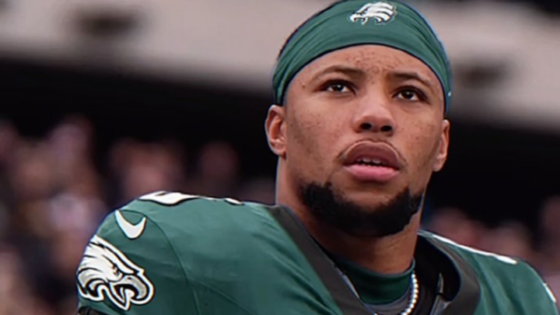One year ago, Kansas Speedway delivered a race for the ages. On that spring afternoon, Kyle Larson edged out Chris Buescher by a mere 0.001 seconds in what became the closest finish in NASCAR Cup Series history. The final lap was a full-throttle chess match. Larson found himself high on the track, fending off a shallow-entry defence by Buescher. They banged doors, fought for air, and thundered to the line nearly side-by-side. “That was wild. I worked hard on top. I wasn’t sure we were going to make it out the other side,” Larson recalled after the race.
That win was more than luck. Larson swept all three stages, led 63 laps, and used a smart tire strategy and raw pace to outrun a stacked field. In a race packed with chaos, fuel gambles, cautions, and tire falloff, Larson’s No. 5 car stood tall. It marked his 25th career victory but also solidified Kansas as one of the sport’s premier venues. NASCAR needed high-stakes drama like this. And Kansas gave it to them on a silver platter. “That race from start to finish was amazing… You guys got your money’s worth today,” Larson said with a grin.
Fast forward to the spring race this year. NASCAR returned to Kansas with hope and momentum. Larson did it again as he smoked the entire field. This time it was more dominant. But the energy from the grandstands was missing. Roughly half the seats sat empty. Even with clear skies and clean racing, the event lacked the typical vibe for a Cup race. What was once a can’t-miss Midwest spectacle was now a quiet, under-attended Sunday. While fans tried to figure out what happened to the iconic race track, many fear the extinction of the legacy track due to a controversial rule.
In 2021, Dover Speedway released some documents of their sanctioning deal with NASCAR. One of the main clauses of the deal revealed that NASCAR asked its track promoters to ensure at least 70% attendance. The policy, buried in old sanctioning agreements, stated: “Promoter will use best efforts to ensure a minimum spectator attendance… of at least seventy percent (70%) of the Capacity of the Facility.” The clause aimed to guarantee strong local turnout, which reportedly helped NASCAR keep races on the schedule for the next season.
Now, as Kansas Speedway failed to bring as much audience to their spring race, many fear that it might lose a race from next season. While discussing this controversial rule, a fan on Reddit said, “This policy is bulls—. They yanked a date from Road America despite it being very heavily attended, if not sold out, at each race.” That statement wasn’t just emotional—it was factual. In 2021 and 2022, Road America hosted races in place of Chicagoland and had a very strong attendance.
What happened to nascar’s 70% attendance policy (via u/Mybuttyourfart) https://t.co/XVmuvFTSRK #NASCAR
— r/NASCAR on Reddit (@NASCARonReddit) May 13, 2025
Notably, for the 2021 race, reports suggested that more than 100,000 fans. Despite that, NASCAR turned it into an Xfinity-only venue in 2023 before completely abandoning it in 2024. However, this is not a new problem for NASCAR. In 2016, around 20 Cup Races saw a decline in TV ratings and attendance. At that time, drivers like Denny Hamlin raised their voices. In 2017, he warned that Richmond’s dwindling crowds could be a red flag.
He had said, “People with smartphones, they’re watching races and they’re watching games in the back of their car going up the highway. You don’t have to attend these races anymore. You get such a good experience through your cell phone, so the way we measure attendance, and we measure TV ratings and all that, it’s always skewed because we live in a different world now.” While he claimed it was an evolving world, that threat remained alive.
NASCAR confirmed these fears in 2024 by cutting one of Richmond’s dates to make room for its first-ever points race in Mexico City. Legacy tracks lost out to the international ambitions. But true to Hamlin’s claims, NASCAR sold its new TV and streaming deal to four different companies for a whopping $7.7 billion. This reflects sport’s rising television demand as new age players like Amazon Prime also entered the fray, but it can’t bring fans back to the track.
Since 2012, NASCAR has stopped releasing detailed attendance data. That silence coincided with increasing fan discontent. The reasoning may be linked to protecting the brand’s public image. If tracks like Kansas can’t meet 70% attendance, the policy becomes a liability. And keeping numbers hidden avoids difficult conversations, like whether a beloved track is in danger.
Fan reacts to NASCAR policy shift!
NASCAR fans are not staying silent. Online forums, social media, and call-in shows have exploded with frustration over what many see as a misguided and outdated attendance rule. Road America supporters back their anger with facts, not just emotion. One of the loudest complaints points to how NASCAR yanked a date from the track, even though it consistently drew heavy crowds, often selling out. As one fan put it, “They yanked a date from Road America despite it being very heavily attended, if not sold out each race.” And that fan has a point.
Road America hosted crowds of over 100,000. Despite that, it lost its Cup date to Chicago’s new street race. The message? New markets mattered more than full stands. Another fan pointed out the policy was designed when every race was a sellout. “This was policy at a time when most tracks were selling out and other markets wanted tracks. Times change,” he said. It’s true. In the early 2000s, even practice days drew strong crowds. At that time, there were demands from multiple tracks to bring races there, but as time passed, NASCAR failed to utilize all those tracks.
While fans have shifted to screens and streams, NASCAR has also kept itself in bigger markets by giving certain tracks multiple races. Many feel that instead of dividing fans into two different weekends, NASCAR should give one race at each track and add new tracks to keep their legacy and roots alive. But with the new media deal, NASCAR’s focus is clear. “There could be zero people at the track, and as long as people watch and the race is entertaining, it’s not a concern.” TV drives the revenue. The atmosphere at the track, once vital, now feels secondary.
Some fans are skeptical of official attendance claims. “First, tracks removed 60 %+ of their seating capacity over the past 10 years. Second, the NASCAR-owned tracks buy out the remaining tickets a few days before the event through contracts so they can report the sell-out and earn a margin through ticket broker apps,” a user wrote. Fans say the numbers are cooked. And they aren’t wrong; many venues now hold half as many fans as they once did.
Finally, there’s a grim realization: “They realized that policy would leave them with like ten races a year and decided to focus on the TV packages instead.” If you held NASCAR to the 70% rule today, many tracks wouldn’t qualify. So, the rule is quietly ignored or bent until it breaks. Kansas delivered one of the greatest races in recent memory. But it also exposed a growing disconnect between NASCAR and its fan base. The cars are fast. The finishes are thrilling. But the crowds? They’re disappearing.
The post Fans Protest Against Problematic NASCAR Attendance Policy as Many Fear Extinction for Legacy Tracks appeared first on EssentiallySports.



